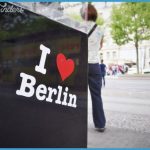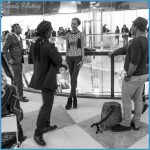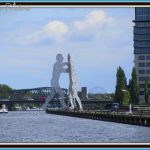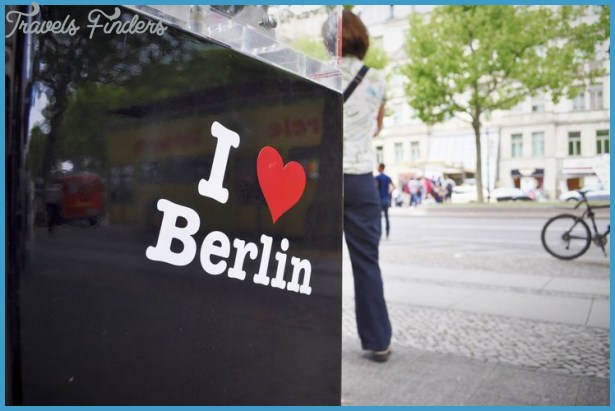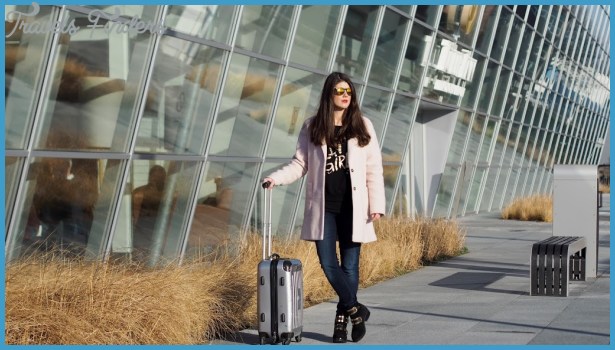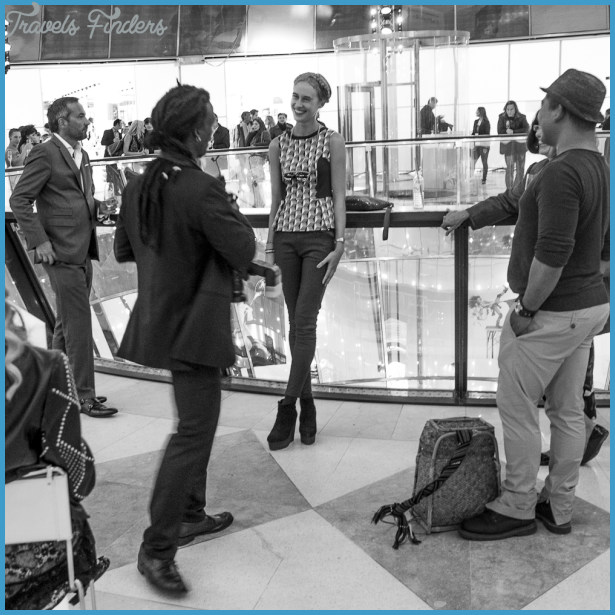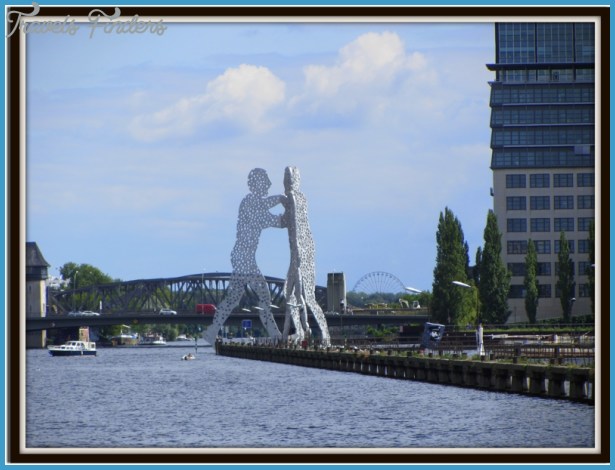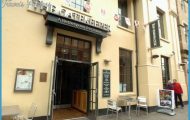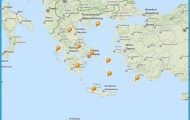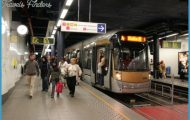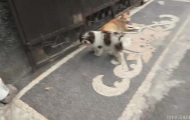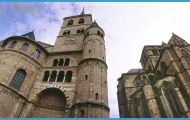Traveling in Berlin
MARIENKIRCHE. The church is gothic, the altar and pulpit are rococco, and the tower is neo-romantic. Relatively undamaged during the war, this little church still holds relics from other nearby churches which used it as a shelter. Knowledgeable guides explain them and the painting collection from the Diirer and Cranach schools. (Open M-Th 10am-4pm, Sa-Su noor-4pm.)
FERNSEHTURM. The tremendous and bizarre TV tower, the tallest structure in Berlin at 368m, was originally intended to prove East Germany’s technological capabilities; as a result, the tower has acquired some colorful politically-infused nicknames, among them the perennial favorite Walter Ulbricht’s Last Erection. Look at the windows when the sun is out to see the cross-shaped glint pattern known as the Papsts Rache (Pope’s revenge). An elevator whisks tourists up to the view from the spherical node at 203m. (Open daily Mar.-Oct. 9am-lam; Nov.-Feb. lOam-midnight. ‚6.50, under-16 ‚3.)
BERLINER RATHAUS. Also called the Roter Rathaus, for its brick color, not the politics of the government that used it in the DDR days. Now the seat of Berlin’s municipal government, the building is often mobbed by schoolchildren who come on field trips to watch legislation in action. They are not allowed to vote. (Rathausstr. 1. M-F9am-6pm. Free. Call s90 26 25 23 for guided tours.)
SCHEUNENVIERTELAND ORANIENBURGER STRA6E
Northwest of Alexanderpl. around the streets of Oranienburger Str. and GroSe Hamburger Str. lies the Scheunenviertel. Once the center of Berlin’s Orthodox Jewish community, the neighborhood harbors evidence of Jewish life back to the 13th century, though the Jews were twice expelled from the city; once for 100 years in in 1573, then again during WWII. Today the Scheunenviertel is better known for its outdoor cafes, but the past few years have seen the opening of several Judaica-ori-ented bookstores and kosher restaurants. Take U6 to Oranienburger Tor.
NEUE SYNAGOGE. This huge, oriental-style building, modelled after the Alhambra, was designed by Berlin architect Eduard Knoblauch. The synagogue was destroyed by bombing, but its restoration, largely financed by international Jewish organizations, began in 1988. Exhibits chronicle the history of Berlin’s Jews. (Oranienburger Str. 30. s88 02 83 00. Open Su-M 10am-8pm, Tu-Th 10am-6pm, F 10am-2pm. Museum ‚5, students ‚3. Dome ‚1.50, students ‚1.)
OTHER SIGHTS IN MITTE
BERTOLT-BRECHT-HAUS. If anyone personifies the political and aesthetic contradiction that is Berlin, it is Bertolt Brecht. There is a reason to prefer Berlin to other cities, the playwright once declared, because it is constantly changing. What is bad today can be improved tomorrow. Brecht lived and worked in the house from 1953 to 1956. The Brechtforum sponsors exhibits and lectures. (Chausseestr. 125. U6: Zinnowitzer Str. Mandatory tour in German every 30min. Tu-FlO-11:30am, Th 10-ll:30am and 5-6:30pm, and Sa 9:30am-l:30pm. Tours every hr. Su llam-6pm. ‚3, students ‚1.50.)

